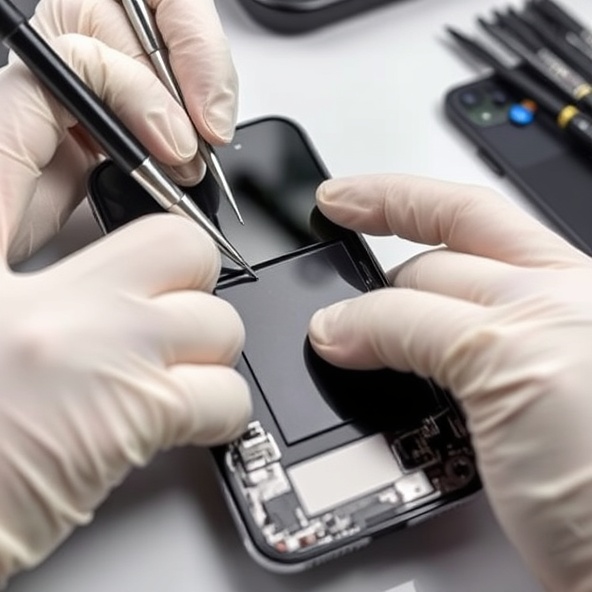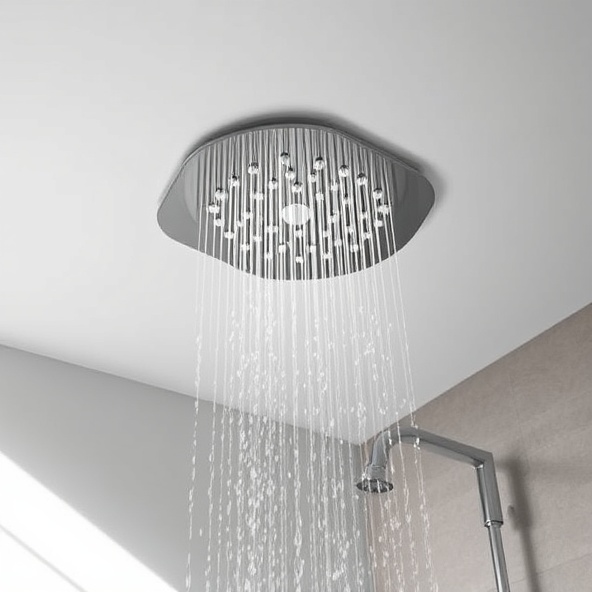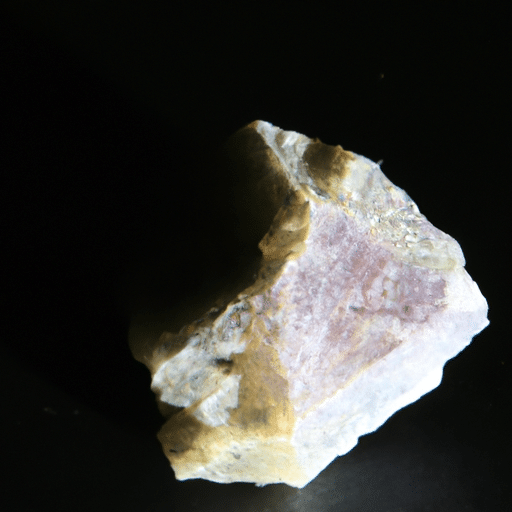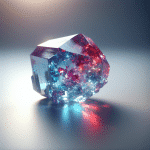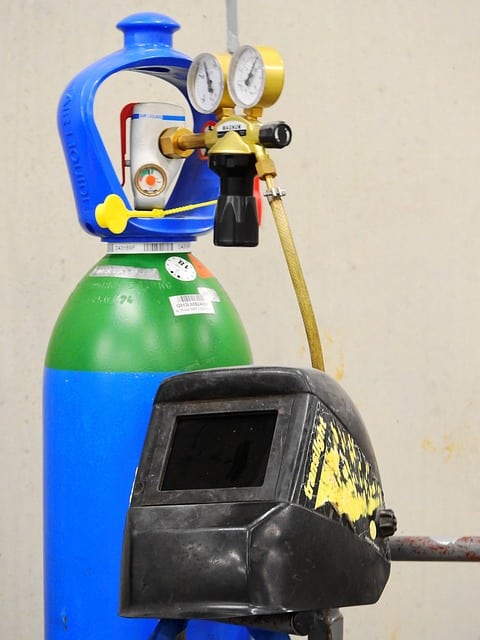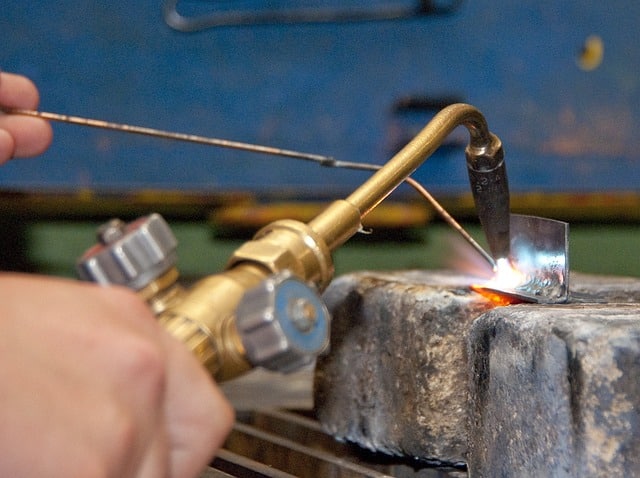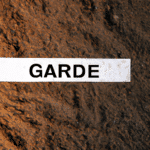Korund: Tajemnice jednego z najtwardszych minerałów na Ziemi
Korund: Unveiling the secrets of one of the hardest minerals on Earth
Introduction to Korund
Welcome to our in-depth exploration of the fascinating mineral known as Korund. In this article, we will delve into the various aspects and secrets of Korund, shedding light on its formation, properties, historical significance, industrial applications, geological occurrences, hardness, synthesis, and lesser-known uses. Whether you are a geology enthusiast, a jewelry lover, or simply curious about the wonders of the Earth, this article will provide valuable insights into the world of Korund.
What is Korund?
Korund, also known as corundum, is a crystalline form of aluminum oxide. It is one of the hardest minerals found in nature and is renowned for its exceptional hardness and durability. The name „Korund” is derived from the Sanskrit word „kuruvinda,” meaning „ruby,” which is one of the gem varieties of Korund. Although most commonly associated with gemstones such as sapphires and rubies, Korund has a wide range of uses and applications beyond the world of jewelry.
Formation and composition of Korund
Korund is formed through various geological processes that occur deep within the Earth’s crust. It typically crystallizes under high temperatures and pressures in metamorphic and igneous rock formations. The composition of Korund primarily consists of aluminum and oxygen atoms, arranged in a hexagonal crystal structure. Traces of other elements, such as iron, titanium, and chromium, can give Korund different colors and variations.
Properties and physical characteristics of Korund
Korund boasts several remarkable properties that contribute to its desirability and utility. Its hardness, rated 9 on the Mohs scale, makes it one of the most durable minerals on Earth. This exceptional hardness, coupled with its high melting point, chemical resistance, and excellent optical properties, makes Korund a sought-after material in various industries. Additionally, Korund exhibits a range of colors, including red (ruby), blue (sapphire), and colorless (white sapphire).
Historical significance of Korund
Throughout history, Korund has held great cultural, symbolic, and practical significance in various civilizations. Ancient societies discovered and utilized Korund for its exceptional hardness and natural beauty. It played a significant role in decorative arts, religious rituals, and even medical practices. Let us take a closer look at the ancient uses and discoveries of Korund as well as its cultural and symbolic significance throughout history.
Ancient uses and discoveries of Korund
The earliest known uses of Korund can be traced back to ancient civilizations such as Egypt, Greece, and Rome. These societies discovered the hardness of Korund and utilized it for engraving, carving, and polishing gemstones. The Egyptians, in particular, used Korund to create ceremonial objects, decorative items, and even jewelry. The Greeks and Romans also appreciated the beauty and durability of Korund, incorporating it into their architecture, sculptures, and amulets.
Cultural and symbolic significance of Korund throughout history
Korund held great symbolic value in many ancient cultures. It was often associated with power, wisdom, and protection. For example, in Hindu mythology, the god of war, Kartikeya, was said to hold a spear tipped with a diamond made of Korund. In ancient Persia, Korund was believed to protect the wearer from harm and bring prosperity. The symbolic significance of Korund continued into the Middle Ages, where it was associated with royalty and nobility.
Industrial applications of Korund
While Korund’s gem varieties are widely known, its industrial applications are equally important and diverse. In this section, we will explore the various ways in which Korund is used in manufacturing, construction, and other industrial sectors.
Introduction to industrial applications of Korund
Korund’s exceptional hardness, chemical resistance, and abrasive properties make it an invaluable material in numerous industries. Its industrial applications range from manufacturing and construction to electronics and even healthcare. Let’s delve deeper into the uses and benefits of Korund in these sectors.
Uses of Korund in manufacturing and construction
In manufacturing and construction, Korund is utilized in various forms, such as powders, grains, and coatings. Its hardness and abrasive nature make it ideal for grinding, cutting, and polishing materials like metals, ceramics, and glass. Korund is also used as an insulating material, thanks to its excellent thermal and electrical resistance properties. In the construction industry, Korund is employed in the production of durable flooring, abrasion-resistant coatings, and high-strength concrete.
Korund as an abrasive material in various industries
One of the most well-known applications of Korund is as an abrasive material. Its hardness and toughness make it perfect for abrasive blasting, grinding, and polishing applications. Korund abrasives are used to remove rust, paint, and corrosion from surfaces, as well as to shape and finish metals, ceramics, and plastics. Industries that benefit from Korund abrasives include automotive, aerospace, metalworking, and jewelry manufacturing.
Korund in the production of gemstones and jewelry
Korund’s gem varieties, including rubies and sapphires, have been cherished and admired for centuries. The unique colors, brilliance, and durability of these gemstones have made them prized possessions and objects of desire. Korund is utilized in the production of gemstones and jewelry through various processes, such as cutting, faceting, and polishing. Gem-quality Korund is highly valued and sought after by gemologists, collectors, and jewelry connoisseurs worldwide.
Geological occurrences and mining of Korund
Korund deposits can be found in various locations around the world. In this section, we will explore the geological occurrences of Korund and the mining techniques used to extract it.
Locations and distribution of Korund deposits worldwide
Korund deposits are distributed globally, with significant sources found in countries such as Myanmar, Sri Lanka, Madagascar, Tanzania, and Australia. These deposits are often associated with metamorphic and igneous rocks, including marble, gneiss, and basalt. The presence of specific geological conditions, such as high temperatures, pressure, and chemical reactions, contributes to the formation and concentration of Korund deposits in these regions.
Mining techniques utilized in extracting Korund
The extraction of Korund from its natural deposits involves various mining techniques, depending on the location and geological characteristics of the deposit. In open-pit mining operations, the topsoil and overburden are removed to expose the Korund-bearing rocks. Underground mining may also be used in certain situations, particularly in areas where the deposit is deep underground. Once the Korund-bearing rocks are extracted, they undergo a series of processing steps to separate the mineral from the surrounding materials.
Environmental impact and sustainability concerns in Korund mining
While Korund mining plays a crucial role in meeting the demand for this valuable mineral, it is not without environmental implications. Mining operations can have significant impacts on the surrounding ecosystems, including habitat destruction, soil erosion, and water pollution. However, efforts are being made to mitigate these impacts and promote sustainable mining practices. This includes implementing reclamation and restoration plans, adopting efficient extraction techniques, and minimizing the use of harmful chemicals in processing.
Comparative analysis of Korund’s hardness
Korund’s exceptional hardness is one of its defining characteristics. In this section, we will explore the concept of hardness, compare Korund’s hardness to other minerals, and highlight real-life applications and benefits of this extraordinary property.
Understanding the Mohs scale of hardness
The Mohs scale of hardness is a widely used system that ranks minerals based on their scratch resistance. Developed by Friedrich Mohs in 1812, this scale consists of ten minerals, each assigned a hardness value from 1 to 10. Hardness is determined by a mineral’s ability to scratch another mineral of lower hardness. This scale provides a useful reference for understanding and comparing the hardness of different minerals.
How Korund ranks among other minerals in terms of hardness
Korund’s hardness of 9 on the Mohs scale places it among the hardest minerals known to man. The only minerals that surpass Korund in hardness are diamond, with a hardness of 10, and a few rare boron minerals. This exceptional hardness makes Korund highly resistant to scratching and wear, ensuring its durability in various applications.
Real-life applications and benefits of Korund’s hardness
The hardness of Korund is utilized in a wide range of real-life applications across different industries. In cutting tools and grinding wheels, Korund’s hardness ensures superior performance, enabling efficient material removal and extended tool life. The durability of Korund makes it suitable for high-wear components in machinery and equipment. Additionally, Korund’s hardness is crucial in the production of scratch-resistant glass and protective coatings.
The science behind Korund’s exceptional hardness
Korund’s remarkable hardness is a result of its crystallographic structure, bonding, and other contributing factors. In this section, we will explore the scientific aspects that contribute to Korund’s exceptional hardness.
Crystallographic structure and bonding in Korund
Korund belongs to the trigonal crystal system, characterized by a hexagonal crystal structure. This crystal structure allows the aluminum and oxygen atoms to arrange themselves in a tightly packed lattice, creating strong atomic bonds. The bonding between the atoms within the crystal structure gives Korund its exceptional hardness and structural integrity.
Factors contributing to Korund’s remarkable hardness
The hardness of Korund is attributed to several factors. Firstly, its crystal structure and closely packed atoms make it difficult for external forces to penetrate or deform the mineral. Additionally, the strong ionic bonds between the aluminum and oxygen atoms provide stability and resistance to scratching. The presence of trace impurities or defects within the crystal structure can also influence the hardness of Korund.
Laboratory testing and measuring the hardness of Korund
The hardness of Korund can be measured using various methods, including the Mohs scale, which we discussed earlier. Another commonly used method is the Vickers hardness test, which involves applying a known amount of pressure to the surface of a Korund specimen using a diamond indenter. The size of the resulting indentation is then measured, allowing for the calculation of the Vickers hardness number, which correlates to the hardness of the material.
The synthesis and production of synthetic Korund
Alongside natural Korund, synthetic Korund has become increasingly important in today’s industries. In this section, we will explore the origin and development of synthetic Korund, the techniques used in its production, and its industrial uses and advantages.
The origin and development of synthetic Korund
Synthetic Korund was first developed in the late 19th century as an alternative to natural gemstones. The process of synthesizing Korund involves mimicking the conditions under which natural Korund forms, such as high temperatures and pressures. Over the years, advancements in technology and manufacturing techniques have resulted in the production of high-quality synthetic Korund with various colors and properties.
Techniques used in creating synthetic Korund
The synthesis of Korund can be achieved through several methods, including the Verneuil process and the flux method. The Verneuil process, also known as flame fusion, involves melting alumina powder and allowing it to crystallize into a boule. The flux method involves dissolving aluminum oxide in a molten flux and then slowly cooling the solution to form synthetic Korund crystals. Both methods result in the growth of synthetic Korund with properties similar to those of natural Korund.
Industrial uses and advantages of synthetic Korund
Synthetic Korund has found widespread use in various industries, particularly in the production of abrasives, refractory materials, and precision optics. Its consistent quality, controlled properties, and lower cost compared to natural Korund make it an attractive choice for many applications. Synthetic Korund’s impressive hardness and durability also make it suitable for manufacturing high-performance cutting tools, grinding wheels, and wear-resistant components.
Lesser-known applications and uses of Korund
Beyond gemstones, industrial applications, and synthetic production, Korund finds its way into lesser-known fields and uses. In this section, we will explore the intriguing applications of Korund in the field of medicine and healthcare, as well as its role in the manufacturing of electronics. We will also touch on potential future applications and advancements in Korund usage.
Korund in the field of medicine and healthcare
Korund possesses certain properties that make it valuable in the medical field. Its biocompatibility, resistance to chemicals, and excellent mechanical strength make it suitable for use in orthopedic implants, dental restorations, and prosthetics. Korund is also utilized in the production of surgical instruments, such as knives and scalpels, due to its hardness and ability to maintain sharpness longer.
Korund’s role in the manufacturing of electronics
In the world of electronics, Korund plays a role in the production of semiconductor materials and components. Its high thermal conductivity, electrical insulation properties, and chemical stability make it an ideal substrate for microelectronics and power devices. Korund-based ceramics are used in electronic circuits, insulators, and substrates for integrated circuits, providing the necessary performance and reliability required in modern electronic devices.
Potential future applications and advancements in Korund usage
As scientists and engineers continue to explore the properties and capabilities of Korund, new potential applications and advancements are being discovered. Ongoing research in the field of nanotechnology, for example, seeks to harness the unique properties of Korund nanoparticles for various purposes, including drug delivery systems, protective coatings, and energy storage. These advancements have the potential to further expand the range of uses and benefits that Korund can provide in the future.
Fascinating facts and trivia about Korund
As we conclude our journey through the world of Korund, here are some fascinating facts and trivia to pique your curiosity and appreciation for this remarkable mineral.
Unusual colors and variations of Korund
While Korund is most commonly associated with red (ruby) and blue (sapphire) gemstones, it can also occur in a wide range of other colors. These include yellow, pink, purple, green, and even colorless variations. The color of Korund is influenced by the presence of trace elements, such as iron, titanium, and chromium, which can give rise to different colorations.
Korund’s relation to the sapphire and ruby gemstones
Sapphires and rubies are gem varieties of Korund and are highly valued for their beauty and rarity. The distinction between sapphires and rubies lies in their color. While both are composed of red Korund, a gemstone is classified as a ruby if it exhibits a rich, deep red color. Any other color of Korund, including shades of blue, pink, or yellow, is classified as a sapphire.
Famous historical and cultural artifacts featuring Korund
Korund has been present in various historical and cultural artifacts throughout human history. One notable example is the Black Prince’s Ruby, a large red gemstone set in the British Imperial State Crown. Despite its name, the Black Prince’s Ruby is actually a spinel, but it was originally thought to be a ruby due to its vibrant red color. Additionally, Korund has adorned many royal crowns, jewelry pieces, and architectural structures, showcasing its beauty and significance.
Conclusion
Recap of the importance and versatility of Korund
Korund is truly a remarkable mineral, with its exceptional hardness, versatility, and stunning beauty. From ancient civilizations to modern industries, it has played a significant role in various aspects of human life. Its industrial applications as an abrasive material, its geological occurrences, and its unique properties make it a mineral worth studying and appreciating.
Final thoughts on the significance of understanding this incredible mineral
By delving into the secrets of Korund, we gain a deeper understanding of the Earth’s geological processes, the ingenuity of ancient civilizations, and the boundless possibilities that minerals offer in modern technology. The importance of Korund extends beyond its aesthetic appeal, and by continuing to study and explore this incredible mineral, we can unlock even more of its hidden potential.
Artykuł „Korund: Tajemnice jednego z najtwardszych minerałów na Ziemi” odkrywa fascynujące fakty na temat tego wyjątkowego minerału. Jeśli chcesz zgłębić wiedzę na ten temat, zapraszamy do kliknięcia tutaj: https://pph-rewa.pl/produkt/korund/.










